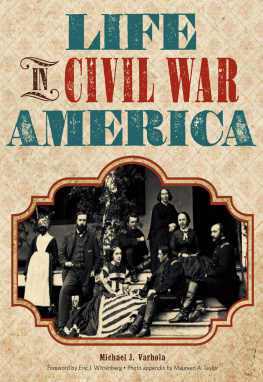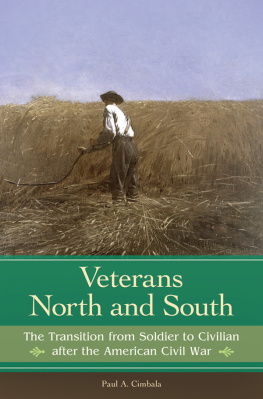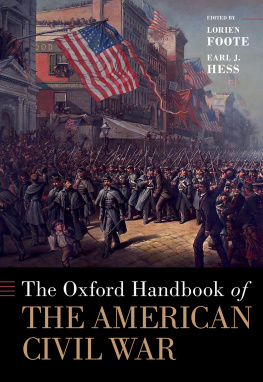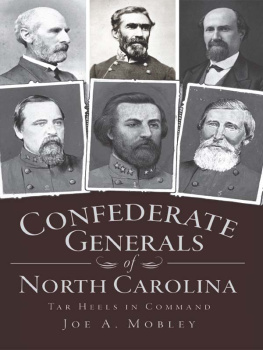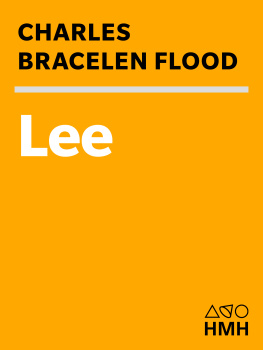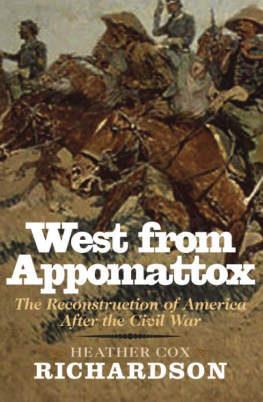LIFE
IN CIVIL WAR
AMERICA
Michael J. Varhola
Foreword by Eric J. Wittenberg Photo appendix by Maureen A. Taylor

LIFE IN CIVIL WAR AMERICA. Copyright 1999 and 2011 by Michael J. Varhola. Manufactured in the United States of America. All rights reserved. No other part of this book may be reproduced in any form or by any electronic or mechanical means including information storage and retrieval systems without permission in writing from the publisher, except by a reviewer, who may quote brief passages in a review. Published by Family Tree Books, an imprint of F+W Media, Inc., 4700 East Galbraith Road, Cincinnati, Ohio 45236. (800) 289-0963. Second edition. For more genealogy resources, visit .
ISBN 13: 978-1-4403-1086-7
eISBN 13: 978-1-4403-1088-1
15 14 13 12 11 5 4 3 2 1
Distributed in Canada
by Fraser Direct
100 Armstrong Ave.
Georgetown, Ontario, Canada L7G 5S4
Tel: (905) 877-4411
Distributed in the U.K
and Europe by F+W Media International
Brunel House, Newton Abbot, Devon, TQ12 4PU,
England
Tel: (+44) 1626-323200,
Fax: (+44) 1626-323319
E-mail: postmaster@davidandcharles.co.uk
Distributed in Australia
by Capricorn Link
P.O. Box 704, Windsor, NSW 2756 Australia
Tel: (02) 4577-3555
Library of Congress Cataloging has cataloged the Writer's Digest first edtion as follows:
Varhola, Michael J.
Everyday life during the Civil War / by Michael J. Varhola.
p. cm.
Includes bibliographical references and index.
ISBN 0-89879-922-8 (pbk.: alk. paper)
1. United States History Civil War, 18611865 Social aspects. 2. United States Social life and customs 17831865. I. Title.
E468.9.V37 1999
973.7121 dc21 99-045940
CIP

EDITED BY Jacqueline Musser
DESIGNED BY Christy Miller
PICTURE RESEARCHER Regina B. McNeely
PRODUCTION COORDINATED BY Mark Griffin
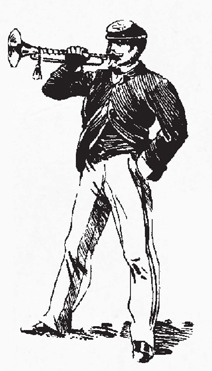
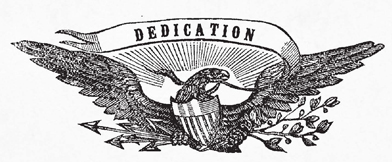
To my daughters Lindsey and Hayley, each of whom inspires me in her own way.
ACKNOWLEDGMENTS
A number of people deserve thanks for the roles they played in the completion of this book.
Foremost among them is my wife, Diane, who, together with other things, carried the weight of household responsibilities so that I could devote the necessary time and effort to this project.
Teacher and reenactor Les Albers provided invaluable guidance in my research for the additional material that appears in this revised and expanded edition of this book. He is notable for also having helped me with my research on the original edition back in 1999.
Other people who deserve recognition for their assistance include editor Jacqueline Musser, who helped guide this project during the four months from when she initially contacted me about it until it was finished; author Eric J. Wittenberg, who very generously agreed to write the foreword to this edition of the book; Megan Irvine, whose expertise as a seam-stress of historical clothing helped her provide me with some tips on Chapter 8: Clothing and Dry Goods; and Ted Savas of Savas Beatie LLC, who provided some useful advice.
I would also like to thank all of the editors, colleagues, family members, and friends who patiently waited for me to fulfill my obligations to them while I was focusing so much of my attention on this project.
If there is anyone I have left out, I sincerely beg their forgiveness and thank them for their help as well.
ABOUT THE AUTHOR

Michael J. Varhola is an author, editor, publisher, and lecturer who lives outside of San Antonio, Texas, in the heart of the state's Hill Country, where he serves as editor of The Hilltop Reporter weekly newspaper and runs gaming company Skirmisher Publishing LLC.
Other books Varhola has written include Texas Confidential: Sex, Scandal, Murder, and Mayhem in the Lone Star State; Shipwrecks and Lost Treasures: Great Lakes; Ghosthunting Maryland; Ghosthunting Virginia, and Fire and Ice: The Korean War, 19501953. Books he has co-authored include Armchair Reader: Civil War; The Writer's Complete Fantasy Reference; and D-Day: The Invasion of Normandy, June 6, 1944.
Publications Varhola has founded include Living History magazine and the d (d-Infinity) quarterly gaming supplement. Ones to which he has contributed include Civil War Times, Renaissance, and pop-culture magazine Brutarian.
Varhola studied at Metropolitan State College in Denver, Colorado, and at the American University of Paris in Paris, France, before earning a B.S. in journalism from the University of Maryland, College Park. He is an eight-year veteran of the U.S. Army who served as an infantryman with the 1st Infantry Division (Forward) in Stuttgart, Germany, during the Cold War and as part of a Civil Affairs team attached to the 3rd Armored Division during the First Gulf War.
Varhola has lived throughout the United States and Europe and traveled worldwide. He regularly speaks on cruise ships and to classes, Civil War Roundtables, and other groups.
Varhola also has an active online presence, notably on Facebook, through his TravelBlogue , and on a variety of other blogs, forums, and sites.
FOREWORD
A ttempts to document the day-to-day lives and routines of Civil War soldiers began almost as soon as the volunteer forces mustered into service. Numerous Northern and Southern newspapers published letters by soldiers often written pseudonymously detailing their day-to-day activities. Because the soldiers knew that their friends and families at home would read these letters, they were usually very accurate and very reliable, and they were typically contemporaneous to the events they described.
After the war, hundreds of memoirs were published, many by high-ranking officers, but also many written by common soldiers. The historiography of the Civil War is filled with superb first-person accounts, such as Sam Watkins' iconic Co. Aytch: Maury Grays, First Tennessee Regiment or, A Side Show of the Big Show, which provides a humorous but detailed view of life in a Confederate regiment, or Wilbur Hinman's fine book, Corporal Si Klegg and His Pard: How They Lived and Talked, and What They Did and Suffered, While Fighting for the Flag, which provides an accurate picture of life in a Northern regiment. John D. Billings' wonderful memoir, Hardtack and Coffee: The Unwritten Story of Army Life, also provides the same sort of insight and humor.
Modern historians have also tried to capture the same essence, using modern historical methods and drawing on the vast array of sources that exist. Two of the best-known examples are Bell I. Wiley's two classic studies, The Life of Johnny Reb: The Common Soldier of the Confederacy and The Life of Billy Yank: The Common Soldier of the Union

